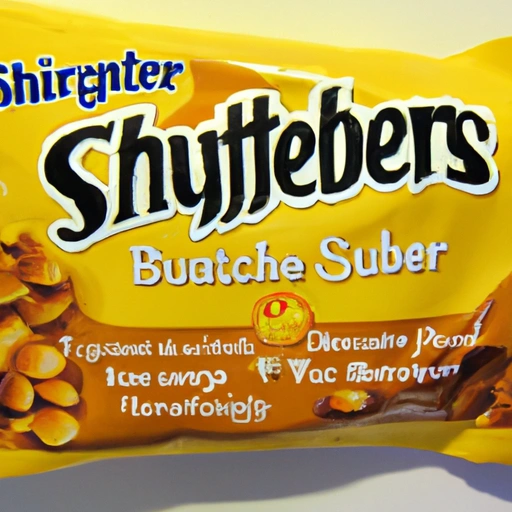Butterscotch Chips
Description

Butterscotch chips are small, rounded morsels often used in baking and confectionery for their creamy, sweet, and rich butterscotch flavor. Resembling chocolate chips in shape, butterscotch chips are made with a blend of brown sugar, butter, corn syrup, and artificial flavors. They have a smooth, melt-in-your-mouth texture and a distinctive buttery toffee taste that can enhance various desserts and sweets.
Common uses
Butterscotch chips are frequently used as a mix-in for cookies, brownies, and bars. They are also a popular topping for ice cream and other frozen desserts. Their meltability makes them suitable for use in ganache, sauces, and as a drizzle over cakes and pastries. Moreover, butterscotch chips can be melted and mixed into batters or doughs for a sweet butterscotch flavor throughout the baked good.
Nutritional value
Calories
Typical butterscotch chips contain approximately 70-80 calories per tablespoon (15 ml or about 14 grams).
Protein
Protein content is generally low, with about 0 to 1 gram per tablespoon (15 ml or about 14 grams).
Fat
Fat content can range from 3 to 4 grams per tablespoon (15 ml or about 14 grams), with a mixture of saturated and unsaturated fats.
Carbohydrates
Carbohydrates are primarily from sugars, with around 10 grams per tablespoon (15 ml or about 14 grams).
Vitamins
Butterscotch chips contain minimal amounts of vitamins, as they are not a significant source of these nutrients.
Minerals
They may contain trace amounts of minerals such as sodium or potassium, but they are not a significant source of minerals.
Health benefits
Butterscotch chips are considered a treat and do not offer significant health benefits. Consuming them in moderation is key to a balanced diet.
Potential risks
Due to their high sugar and fat content, overconsumption of butterscotch chips can lead to weight gain and may contribute to dental cavities. Those with allergies to dairy or sensitivities to artificial flavors and colors should also consume butterscotch chips cautiously.
Common recipes
Butterscotch chips are common in recipes like butterscotch chip cookies, blondies, and pancakes. They can also be found in homemade granola bars, muffins, and various no-bake desserts.
Cooking methods
Butterscotch chips are best used in baking at moderate temperatures to prevent burning and to maintain their creamy texture. They can be melted using a double boiler or in the microwave at low power, stirring frequently.
Pairing with other ingredients
These chips pair well with flavors such as vanilla, chocolate, nuts, and coffee. They also complement spicy flavors like cinnamon and nutmeg, as well as the sweetness of fruits like apples and bananas.
Summary
Butterscotch chips are a versatile and delightful ingredient that can be used to add a sweet, buttery flavor to a variety of desserts and baked goods. While they should be enjoyed in moderation due to their sugar and fat content, butterscotch chips offer an easy way to elevate the taste and presentation of sweet treats.